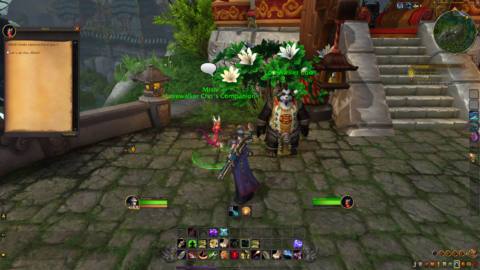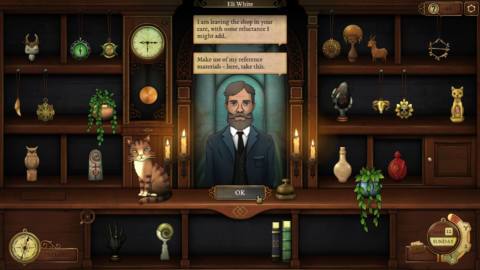Final Fantasy 14: Dawntrail is coming at you fast. With a 48 hour maintenance due to start tomorrow, and early access beginning on Friday, it’s time to plonk on your sea legs and head to Tural—but not before obsessively coming through some patch notes, of course.
In typical Square Enix fashion, the 7.0 patch notes have arrived ahead of the big update (which includes the much-anticipated graphical overhaul). Unlike my coverage of most patches, however, there’s a lot of ground to retread here, since we already knew a bunch of this was coming as per a handful of media tours—we know about the graphical facelift, we know there’ll be new tribal quests, and we know that the blacklist system is getting an overdue overhaul. FF14’s structures have, bar Endwalker’s experiments with Variant Dungeons, remained largely unchanged.
What interests me more is a whole bunch of quality-of-life improvements included therein that should make questing a whole lot better, which is great, because there’s a lot of questing in this game—hundreds of hours worth. Let’s run down the list.
First up, if you’re trying to click on a quest giver, you can now enable an option to “temporarily hide the display of nearby player characters when interacting with quest-related NPCs or objects”.
While there was a keybind you could enable to let you click through players beforehand, this is pretty huge for immersion’s sake. After all, you’re meant to be the Warrior of Light, and for some players, I can imagine having an active rave in out-of-cutscene conversations would pull them out of the experience a bit.
FF14’s most annoying quest type is also getting a massive quality-of-life improvement—for those unfamiliar, the Main Scenario Quest occasionally sees you needing to follow an NPC without getting spotted. If you’re wondering whether stealth mechanics in an MMO are good—they aren’t, obviously. Patch 7.0 will add some very obvious visual indicators to make these less of a headache.


For quests that require you to use an emote, you’ll also be able to just click on an icon in the quest tracker as you might a quest-specific item—though this’ll only be for 7.0’s story content at first, with “implementation for past quests [planned] in future updates.”
Finally, the feature I’m most excited for—you’ll be able to enable dialogue auto-progression in voiced cutscenes only. For the uninitiated, FF14 has voiced and unvoiced cutscenes, with the ability to allow text to progress automatically.
In the case of unvoiced cutscenes, you can set a speed of your choosing, but I was never particularly comfortable doing that—I’d either feel pressured to read the text really fast, or be waiting around as the game compensated for my stated reading age of ‘amoeba’. For voiced cutscenes, though, the auto-progress feature works quite well, since it’ll go to the next bit of dialogue once characters have said their piece. Not having to swap them manually is a huge upgrade.
If it sounds like I’m spinning up my wheels a lot over this, keep in mind that, as a story-based game, FF14 is like 70% watching cutscenes, really. That’s what you sign up for when you play five, soon to be six full-length RPGs stacked on top of each other.
Honestly, this further polishing on the core levelling experience makes me feel further justified in my opinion that now’s the best time to start FF14‘s long, winding story—and while Endwalker fell short for me in terms of its endgame and midcore content, Dawntrail’s looking to reintroduce exploration zones while also keeping some of Endwalker’s cool, but poorly-structured new introductions intact. I’m very much ready to forge ahead.






